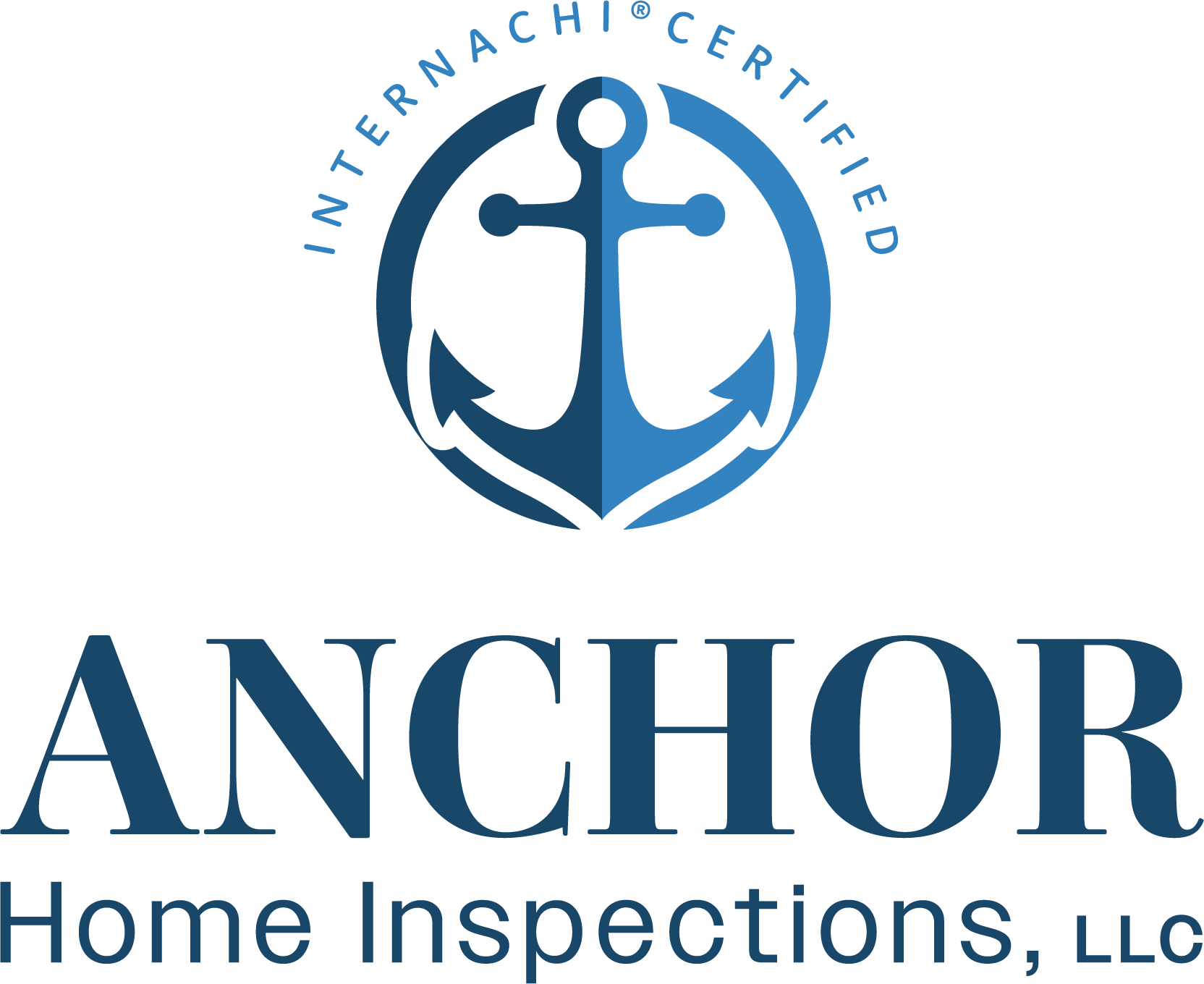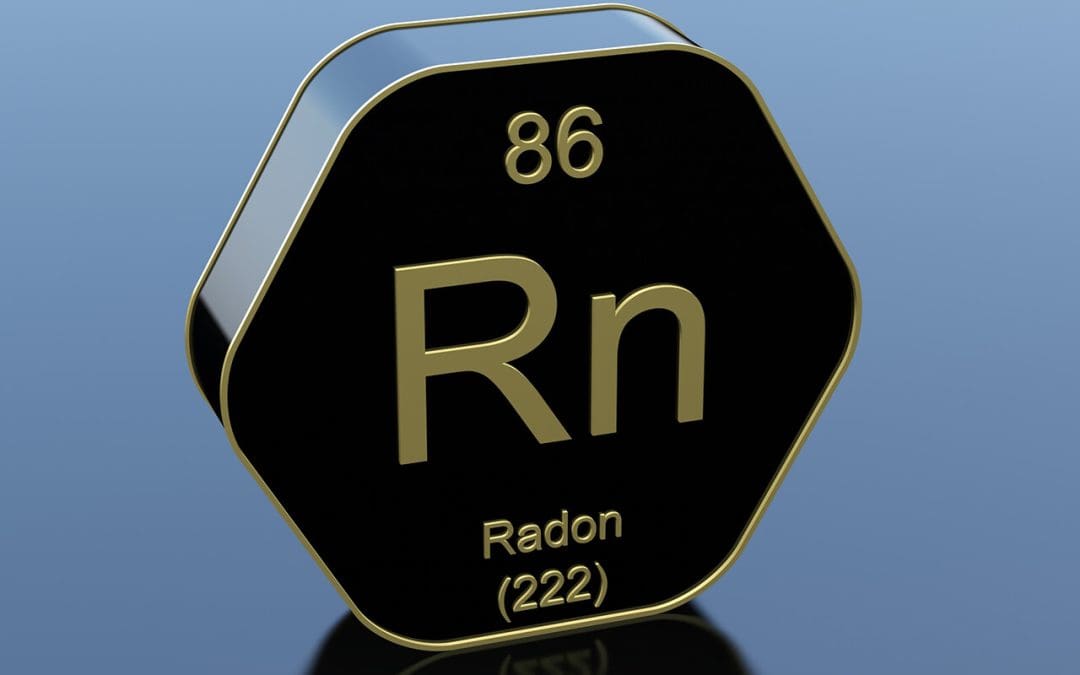One of the numerous safety concerns that homeowners often overlook is radon. Radon is a colorless, odorless radioactive gas that occurs as uranium in soil and rock breaks down. It can enter your home undetected through cracks in floors, walls, and foundations, and if not managed properly, it can pose serious health risks. Here’s what you need to know to keep yourself and your family safe from radon in the home.
The Health Risks of Radon
In the United States, radon is the second leading cause of lung cancer, second only to smoking. The risk increases if you smoke and live in a home with high radon levels. The Environmental Protection Agency (EPA) estimates that radon is responsible for about 21,000 lung cancer deaths annually. It’s a radioactive substance, so it damages the cells in the lining of your lungs, leading to cancer. This risk highlights the importance of testing your home for radon and taking necessary actions if radon levels are high.
How Radon Enters Your Home
Radon gas moves from the soil into the air, infiltrating your home through gaps and cracks in the foundation, walls, and floors. Common entry points include gaps around service pipes, construction joints, and the water supply. Even the smallest crack can be a gateway for radon, making older homes and new constructions vulnerable to radon infiltration.
Testing for Radon
The only way to know if your home has high radon levels is by doing testing. Radon testing kits are readily available and can be purchased at hardware stores, online, or through your local public health department. There are two types of radon testing kits: short-term and long-term. Short-term detectors measure radon levels from 2 to 90 days, depending on the device. Long-term tests check the concentration for over 90 days and are considered more accurate as radon levels vary daily. If you’re buying or selling a house, hire a professional home inspector to inspect it, as they use specialized equipment to check for radon and other potential dangers.
The EPA recommends taking action if the radon level in your home is four picocuries per liter (pCi/L) or higher. Testing should be done at your home’s lowest regularly used level, as radon levels are highest near the ground.
Mitigating High Levels of Radon in the Home
If your radon test returns a result of 4 pCi/L or higher, reducing radon levels in your home is crucial. The process of reducing radon is known as mitigation. A standard method is installing a radon mitigation system, which usually involves a vent pipe system and fan, which pulls radon from beneath the house and vents it outdoors. This system is also known as a sub-slab depressurization system. Hiring a qualified radon mitigation contractor trained to fix radon problems effectively is essential.
Preventing Radon Problems
Incorporating radon-resistant construction techniques when building a new home can prevent radon problems before they start. These techniques are simple and cost-effective, especially when included in the initial construction of a home. Preventive measures include installing a radon barrier (a layer of gas-permeable material), a vent pipe, and adequately sealing floors and walls.
Understanding radon and taking the appropriate steps to test and mitigate this gas is crucial for your family’s health and safety. Be proactive about radon testing and seek professional help if you find elevated levels in your home. Doing this will maintain your home and protect your health.
Anchor Home Inspections offers comprehensive inspections to homebuyers and sellers in the Southwest Michigan area. Contact us to request an appointment for our services.

